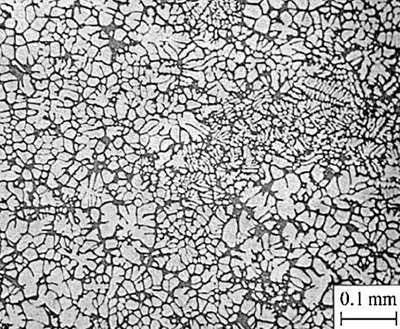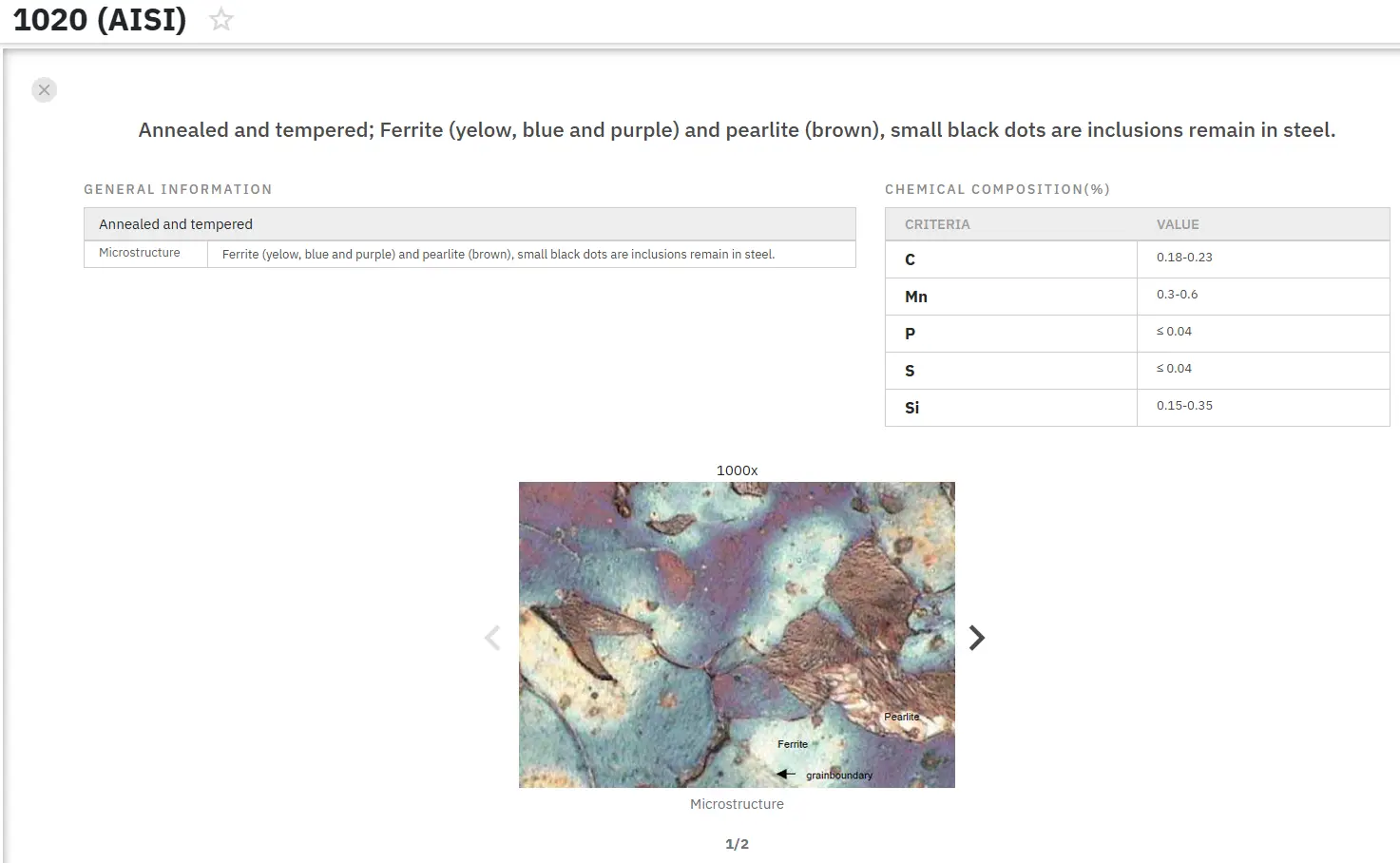The Rheo Casting Process
Abstract
The Rheo Casting process represents a significant advancement in foundry technology, addressing quality challenges through semi-solid metal (SSM) processing. This manufacturing technique utilizes slurry in a semi-solid state, where benefits directly correlate with the fraction solid at casting time. Key advantages include reduced shrinkage, significantly decreased latent heat, and improved mechanical properties compared to conventional casting methods. The process involves cooling liquid alloy to a semi-solid state before introducing it into a die without intermediate solidification steps. While higher fraction solid materials offer enhanced properties, they require more powerful equipment and longer stroke pistons due to increased viscosity. Rheo casting has found applications across aerospace, automotive, and electronics industries, particularly for suspension components, engine brackets, and electronic housings.
Introduction to Semi-Solid Metal Processing Challenges
Within foundry technologies, defects, anomalies, and imperfections in final products represent an ever-present reality. This coexistence between process and quality issues becomes increasingly problematic due to demands for enhanced casting performance, particularly when producing large series of components for critical applications.
Voids or cavities generate within castings during solidification, caused by volume contraction, inadequate feeding systems, and gas development (predominantly hydrogen). Interdendritic shrinkage pores, inclusions, and secondary dendrite arm spacing typically serve as preferred crack initiation sites, regardless of loading conditions. These parameters directly affect the alloy's mechanical performance, leading to reduced strength and ductile properties, irregular crack development, and in extreme conditions, material failure.
Understanding the Rheo Casting Process Fundamentals
Rheocasting involves preparing SSM slurry directly from liquid alloy, followed by forming processes such as High Pressure Die Casting (HPDC). In rheo processes, the alloy cools into a semi-solid state before introduction into a die without intermediate solidification steps. Semi-solid slurry containing non-dendritic solid particles develops from fully liquid regular alloy, which cools to achieve desired fraction solid before casting into parts.
Component shaping directly from SSM slurries proves inherently attractive due to characteristics including overall production efficiency and energy management optimization. The process represents an alternative manufacturing route that addresses traditional casting limitations while maintaining production viability.
Advantages and Benefits of Semi-Solid Metal Casting
A critical advantage of rheocasting lies in its ability to cast metal across wide ranges of fraction solids. Most process advantages of using non-dendritic, semi-solid alloys depend on solid content at casting time. Shrinkage reduction, decreased latent heat amounts, and viscosity magnitude depend upon and increase with solid percentage in the alloy.
The fraction solid at casting time directly influences process benefits, making this parameter crucial for optimizing casting quality and mechanical properties. Higher solid fractions typically correlate with improved dimensional stability and reduced defect formation.
Equipment Requirements and Process Considerations
As fraction solid increases, semi-solid casting begins deviating from conventional die casting processes. Higher fraction solid materials require more powerful shot ends on die cast machines due to significantly higher alloy viscosity. Additionally, piston strokes typically extend to accommodate larger cold chamber openings.
Casting cycle times become shorter with high fraction solid casting, but more costly machine modifications become necessary to handle viscous materials effectively. These equipment considerations must balance improved casting quality against increased operational complexity and investment requirements.
Industrial Applications of Rheo Casting Technology
SSM processing presents alternative manufacturing routes for aerospace, military, and automotive components. Suspension parts, engine brackets, and fuel rails for automotive industries are produced throughout Europe, while USA examples include mechanical parts for snowmobiles and mountain bikes. Asia focuses more on electronic component production, including electrical housing components and notebook cases, with particular emphasis on magnesium alloys.

Figure 1: Schematic overview of the rheo casting process

Figure 2: Microstructure of rheocast A356 alloy
Find Instantly Thousands of Metallography Diagrams!
Total Materia Horizon contains a unique collection of metallography images across a large range of metallic alloys, countries, standards and heat treatments.

Get a FREE test account at Total Materia Horizon and join a community of over 500,000 users from more than 120 countries.